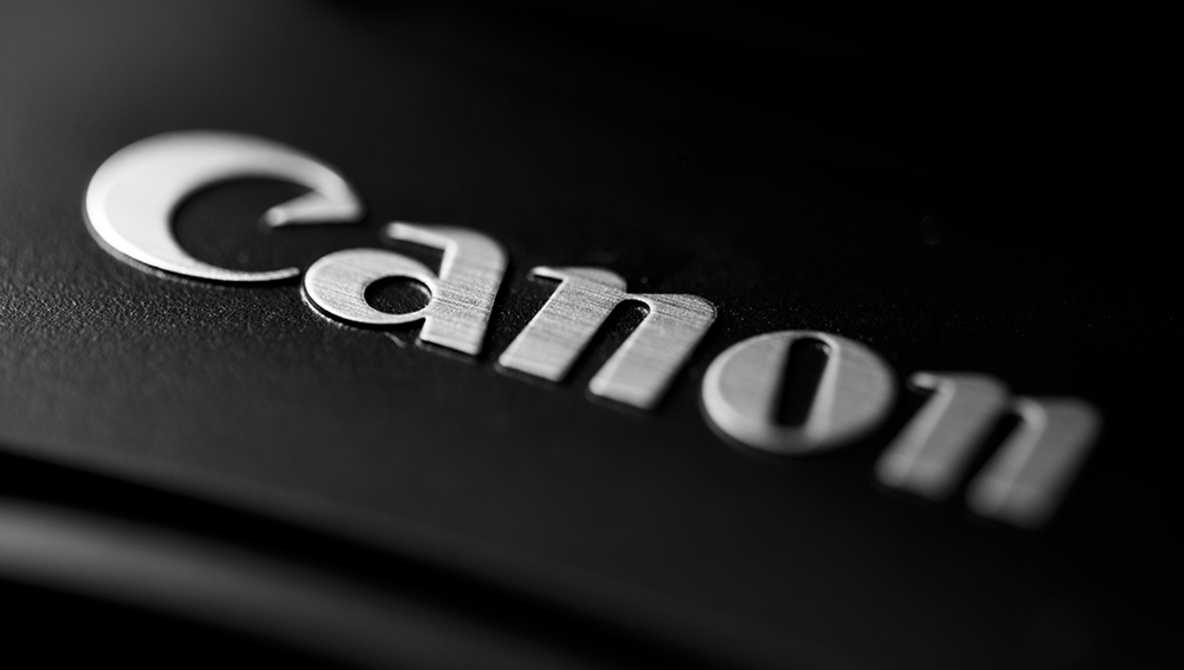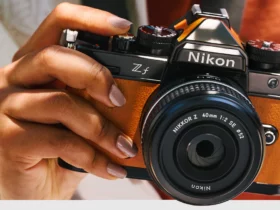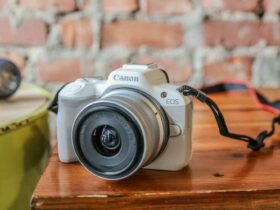Canon approaches its users, with valuable advice on home photography, especially of their pets, which in this Christmas of restrictions are really useful and precious
It really happens to everyone to grab the camera to capture the wacky stunts, funny expressions and bizarre habits of beloved pets. Christmas, however, is the perfect time to paint the portrait of the ‘furry’ of the house. A posed photograph of your cat, dog, or rabbit dressed up for the party is also a fun image for a DIY greeting card that can be framed for a personalized last minute gift.
The real challenge is that most animals will do anything to ruin your plans and outsmart you. Therefore, you will need a few tricks to get their attention. The right mix of photography skills, pose tricks, and a handful of treats should give you the edge you need to beat them in dexterity. Canon makes available 6 valuable tips to make home photos that absolutely will not look like that!
Canon: 6 tips for perfect photos of our pets
A Christmas tree is a beautiful background, it gives photographs bright colors and points of light. Props like Santa hats and scarves are also perfect, as long as your trusty pet is willing to wear them. If possible, choose a room with large windows for your shots. Natural light is perfect as it is soft and softly fills in shadows, while the flash may scare them. Place your ‘pet friend’ facing the window, with the Christmas tree and lights behind it.
- Pose your pet
Dogs are easier to pose than cats, because it doesn’t take much to arouse their interest. In most cases it will be enough to make a whistle, shout “where is the cat?” or make a funny noise. Each animal has its own character, but in general it can be said that cats are less inclined to please us. Patience is required and you may have to wait a while for the cat to relax. Try to get him placed in one position, such as a comfortable chair or stool (you can also take the doghouse). Have their favorite toy or bowl of food handy and gently tap them over the lens to get their attention. If it doesn’t do what you want, be prepared to change your approach. After all, if being detached is part of his character, why not immortalize him like that?
The simplest way is to set the camera to manual exposure mode (M). The shutter speed needs to be fast enough to capture the action. A speed of about 1 / 200s is ideal if the animal is quite static, but should be higher if it moves a lot. We also recommend using a wide aperture (f / 5.6 in this case), as it will separate the object from the background creating a nice bokeh effect. Setting the ISO sensitivity to Auto means it will adapt to surrounding conditions. In a room with lots of natural light, the ISO value should be around 800-1600. In these ranges, a camera that performs well in low light conditions, such as the Canon EOS 850D, will allow you to take relatively noise-free shots. If your lens has image stabilization, such as the Canon EF-S 18-135mm f / 3.5-5.6 IS USM, it’s recommended that you turn it on.
Accurate focus is essential when shooting close-ups, so simply focusing on the nose may not be enough. Rather, try to move to a single point of focus and aim it over the eye closest to the camera.
- Increase the bokeh effect in the background
It is usually best to use a wide aperture for portraying your pets, as this will result in your shots having a shallow depth of field and the background will be out of focus. For festive shots like these, using a wide aperture gives you another advantage: the blurry Christmas tree lights will create a wonderful bokeh effect that will be stronger if you can keep some distance between the object and the tree, so place your pet as far away from the tree as possible. A longer focal length can also increase blur; try to move back and get closer using the lens zoom. In addition to making the background out of focus, you can also add a bokeh effect in the foreground. Hold some Christmas lights in front of the lens and find an empty space to shoot through. With the right angle you can get beautiful out of focus points of light that surround the subject and add further depth to the scene.
- Taking pictures at eye level
Whether you’re photographing your pets or your friends, portraying the subject at eye level helps create a connection, as it places the viewer on the same level. With animals this may mean having to crawl on the floor, but this helps to get the best view of the animal.















